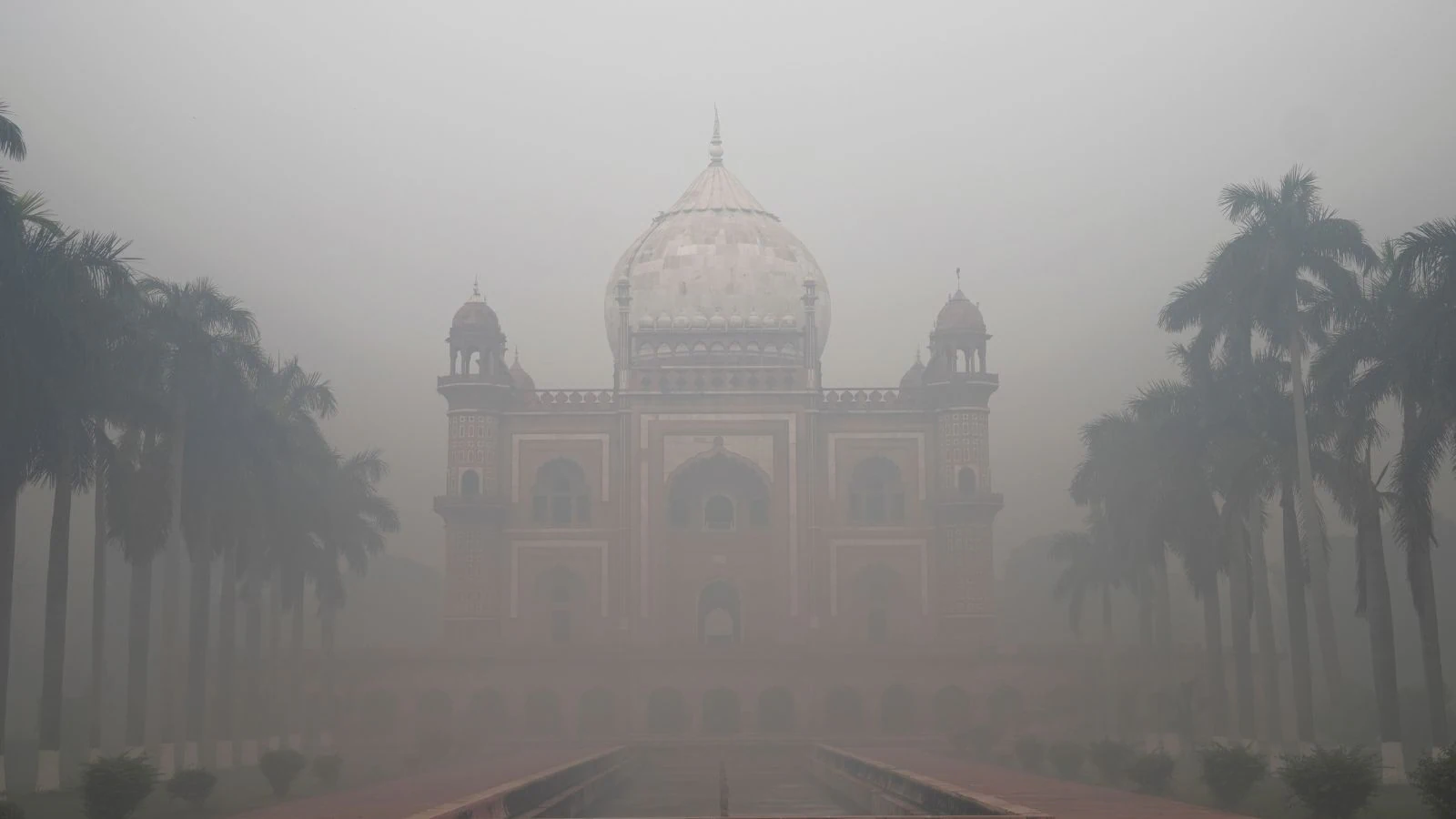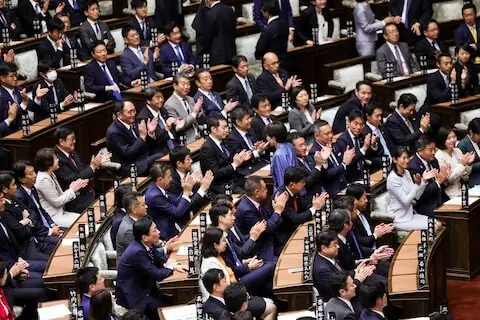Copyright news18

Delhi was the “most polluted” major city in the world on Tuesday morning, according to IQAir’s (a Swiss air quality technology company) live data for over 120 cities. The dramatic surge in air pollution in the national capital region immediately following Diwali is a recurring and complex public health crisis, a result of a deadly synergy between specific local emission sources and unfavourable winter weather patterns. This sharp spike pushes the Air Quality Index (AQI) into the “Very Poor” (301-400) and often the “Severe” (401-500) categories and beyond, creating a thick blanket of smog over Delhi-NCR. 1. Firecracker Emissions: The Acute Spike The most immediate cause of the post-Diwali surge is the widespread bursting of firecrackers. Despite bans or restrictions, mass fireworks unleash a concentrated, short-term burst of toxic particulate matter and gaseous pollutants. Firecrackers cause an intense and immediate surge in air pollution by releasing a highly toxic cocktail of fine particulate matter and gaseous pollutants. The most hazardous component is the massive amount of ultrafine particulate matter, specifically PM2.5 and PM10, which can increase air concentrations up to 35 times above normal background levels. This matter is small enough to be inhaled deep into the respiratory and circulatory systems, triggering acute health episodes. The vibrant colours are created by metallic salts, leading to the emission of heavy metals like barium (for green colour), strontium (for red), copper (for blue), and sometimes lead and cadmium, all of which are severe health hazards. Furthermore, the combustion process releases corrosive and suffocating gases, including Sulphur Dioxide (SO2), Nitrogen Oxides (NOx), and odourless Carbon Monoxide (CO). Collectively, these emissions form the dense, visible smog. Beyond air quality, the explosions also constitute significant noise pollution, with decibel levels often far exceeding safety limits, posing a risk of hearing damage. This sudden, concentrated release of airborne toxins creates an instant environmental and public health crisis. 2. Stubble Burning: The Regional Contributor Simultaneously, the Diwali period typically coincides with the peak season for crop residue burning, or ‘stubble burning,’ in the neighbouring states of Punjab and Haryana. Farmers set fire to the residual straw after harvesting paddy to quickly clear the fields for the next wheat crop. The smoke from these widespread farm fires is carried by northwesterly winds directly into the Delhi-NCR. This influx of smoke adds massive amounts of PM2.5 and black carbon to the capital’s atmosphere, contributing a significant percentage to the city’s overall pollution load during this critical period. 3. Adverse Meteorological Conditions: The Trapping Effect The pollutants introduced by firecrackers and stubble burning are exacerbated by the onset of adverse winter weather. Several meteorological factors conspire to trap the emissions near the ground: Low Wind Speed: As winter sets in, wind speeds across the Indo-Gangetic Plain often drop and become stagnant. This lack of air movement prevents the horizontal dispersal of pollutants, allowing them to accumulate over the city. Temperature Inversion: During winter nights and mornings, the ground cools rapidly, creating a layer of cold, dense air near the surface. This cold layer is trapped by a warmer air layer above it (a phenomenon called temperature inversion). Pollutants, like smoke and smog, get trapped within this shallow boundary layer, unable to rise and disperse, leading to the formation of the infamous “smog.” Reduced Mixing Layer: The height of the atmospheric mixing layer—the volume of air available for mixing and dilution of pollutants—is significantly reduced in winter, confining the pollution to the lower atmosphere. 4. Baseline Local Sources: The Pre-existing Burden The festival-specific and seasonal contributors are added to Delhi’s high baseline pollution from year-round local sources. These include: Vehicular Emissions: Exhaust from the massive number of vehicles in the NCR, especially older or diesel models. Industrial Emissions: Pollution from factories and power plants in and around the city. Construction and Road Dust: Ongoing construction activities and dust from unpaved roads and wear and tear. In essence, Delhi’s annual post-Diwali pollution spike is an acute episode where high-intensity emissions from firecrackers and seasonal stubble burning are released into an atmosphere that is already saturated with baseline pollutants and lacks the natural ventilation (strong winds and a deep mixing layer) to clear the toxic mix. The result is a severe public health emergency that typically lasts for several days until strong winds or rain provide some relief.



